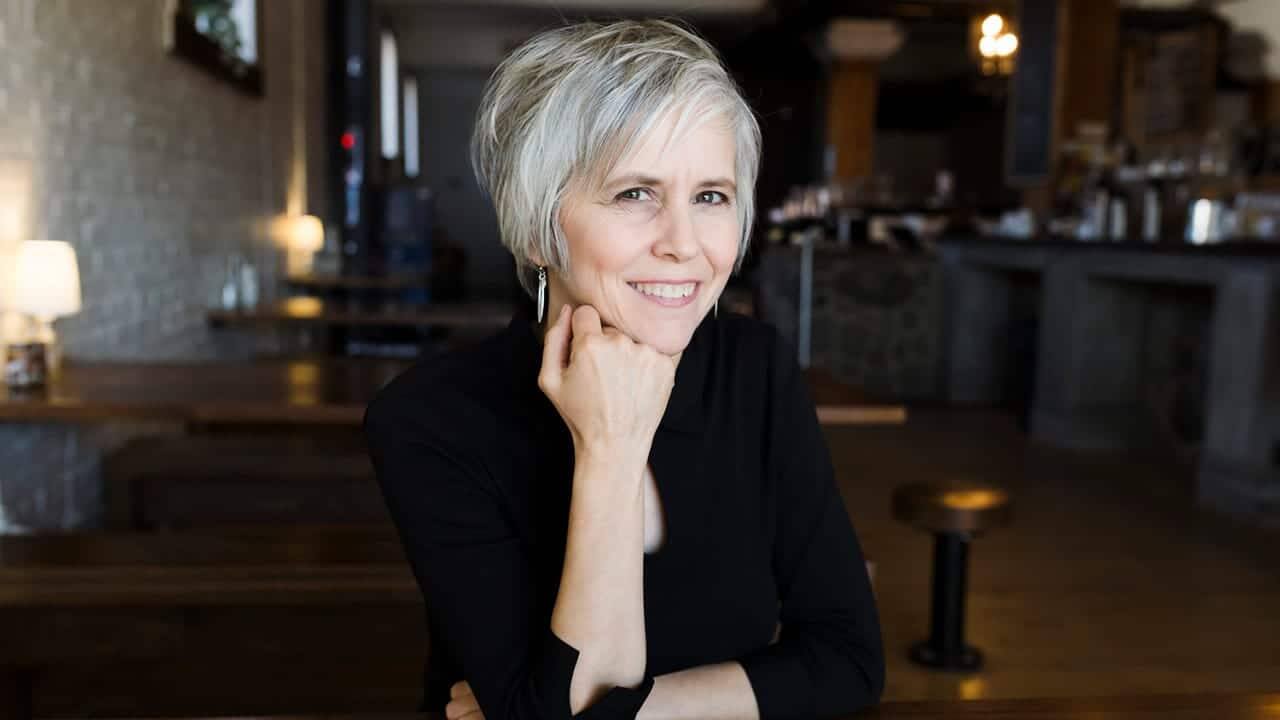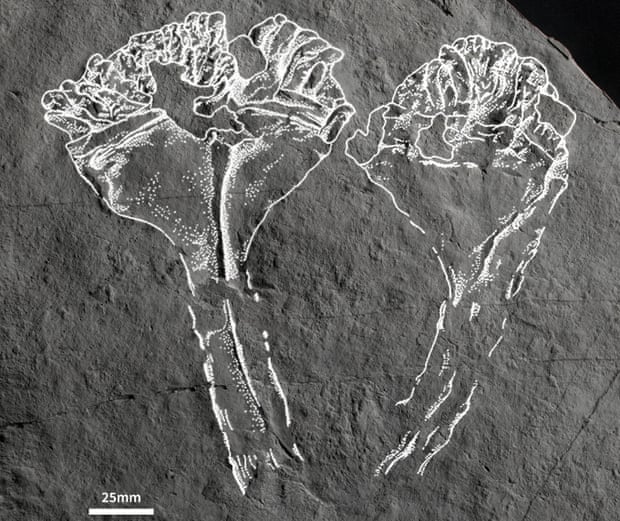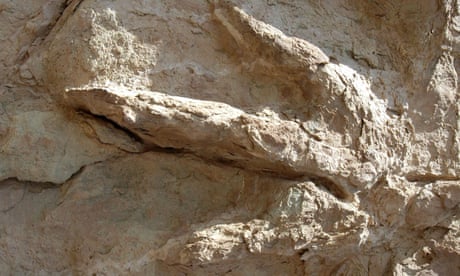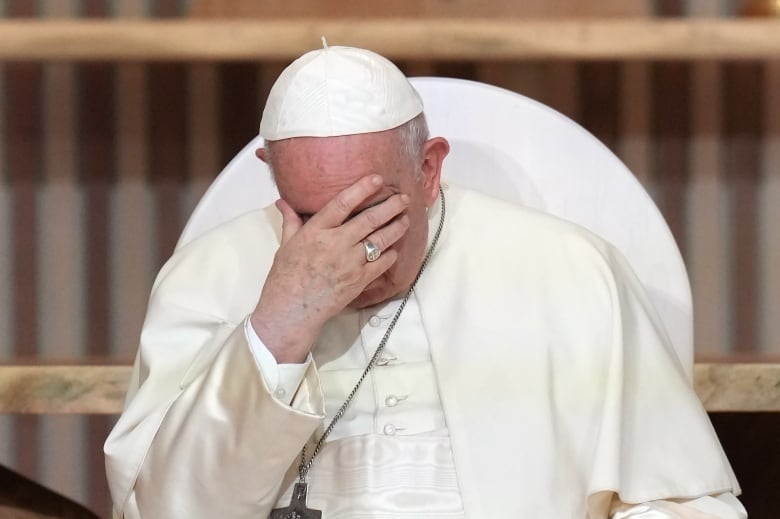They fought a rent increase and won, then received an eviction notice
Landlord says eviction for Fredericton couple is 'absolutely necessary to save our investment'
Jeanne Armstrong · CBC News · Posted: Jul 25, 2022

Pauline Tramble's 85-year-old husband Charles has dementia. Every day since June, "three, four, five times a day," she's had to explain that they're getting evicted.
Tramble says her biggest concern is whether her husband will be able to adapt to a new environment, after 33 years in their second-storey unit on Shore Street in Fredericton.
"Some of the places have elevators and long halls. He'd be so confused. That's what really bothers me. He knows his directions [here], he goes for his walks. So it's just an ideal situation that way for us.
Landlords must prove Airbnb conversions aren't retaliation against tenants
It's the latest chapter in the rental woes for the couple, who faced a 67 per cent increase in their rent last December. That story prompted the New Brunswick government to beef up tenant protections, and put in place a one-year rent cap.
The Trambles were relieved to see a rent cap. But in June, everything changed when the eviction notice came.
"I just feel lost," the 67-year-old said through tears. "We're so uncertain of where we're going to go."
From 'courtesy letter' to 'notice of termination'
On June 13, DNV Properties Inc. sent the Trambles a "courtesy letter" letting them know they should start looking for somewhere else to live, because their unit was being converted into a short-term rental.
But on June 30, the Trambles received a new letter. It was a provincial "Notice of Termination to Tenant." It claimed that "the landlord or their immediate family intends to live in the premises," and it gave the Trambles until Sept. 30 to vacate the unit.
The reason provided is one of four exceptions that would allow a landlord to terminate a tenancy in New Brunswick.

Pauline Tramble said she was devastated by the letter, but she was also confused by their reasoning, because there are currently empty units in the building.
"The front apartment is available. That's supposed to be an Airbnb. And our neighbour's apartment is going to become available. … Why would they decide to come and live in this apartment?"
When Tramble tried to call her landlord, Neda Veselinovic, to ask her more about the termination, she was rebuffed.
"I tried to reach her when she dropped off our termination of rent, so I wanted to call her and ask her, why, you know? And she saw my number coming up, and she said she couldn't answer at the time, she was busy, and she said from now on, all our communications will be by email."
 Pauline has to say goodbye to her home after she received an eviction notice in June. (Jeanne Armstrong/CBC)
Pauline has to say goodbye to her home after she received an eviction notice in June. (Jeanne Armstrong/CBC)In a subsequent email, Veselinovic told Tramble: "We understand that you are having a hard time finding a place to live, however we have tried to explain to you numerous times that we absolutely have to continue with our plan. ... The changes we are making are absolutely necessary to save our investment. Please understand this is not personal."
Requests for comment made by CBC News by email and by phone received no immediate response from DNV Properties Inc.
Tribunal 'actively reviewing this case'
Pauline said she's anxious to hear from the Residential Tenancies Tribunal.
In a statement to CBC, Service New Brunswick Minister Mary Wilson said the tribunal is "actively reviewing this case which was filed in early July."
"If the reason is due to the landlord or an immediate family member moving into the unit, supporting evidence will be required and the Residential Tenancies Tribunal will follow up in two months to ensure the landlord has followed through with the change."
In an interview with Information Morning Fredericton in June, Wilson, who refers to the tribunal as the RTT, said the province's Residential Tenancies Act offers protection against retaliatory rent increases or terminations.
"Is [this] a retaliatory change? Are they acting in good faith, or not? So at the end of the day, the RTT can deny, can delay or confirm termination," she said.
Pauline said the tribunal decision will dictate whether they're able to stay or go. The tribunal has not made a decision on the case yet, but a residential tenancies officer sent Pauline Tramble an update late last week.
Fredericton s
The officer sent the Trambles two digital pamphlets. One was titled "Housing & Homelessness," and it included a list of phone numbers for shelters, outreach workers and the Social Development Department.
The other digital pamphlet was titled "Food & Meal Resources," and it listed contact information for food banks, churches, and other charities.
The emails didn't give Pauline much hope.
"I am so anxious and afraid."













